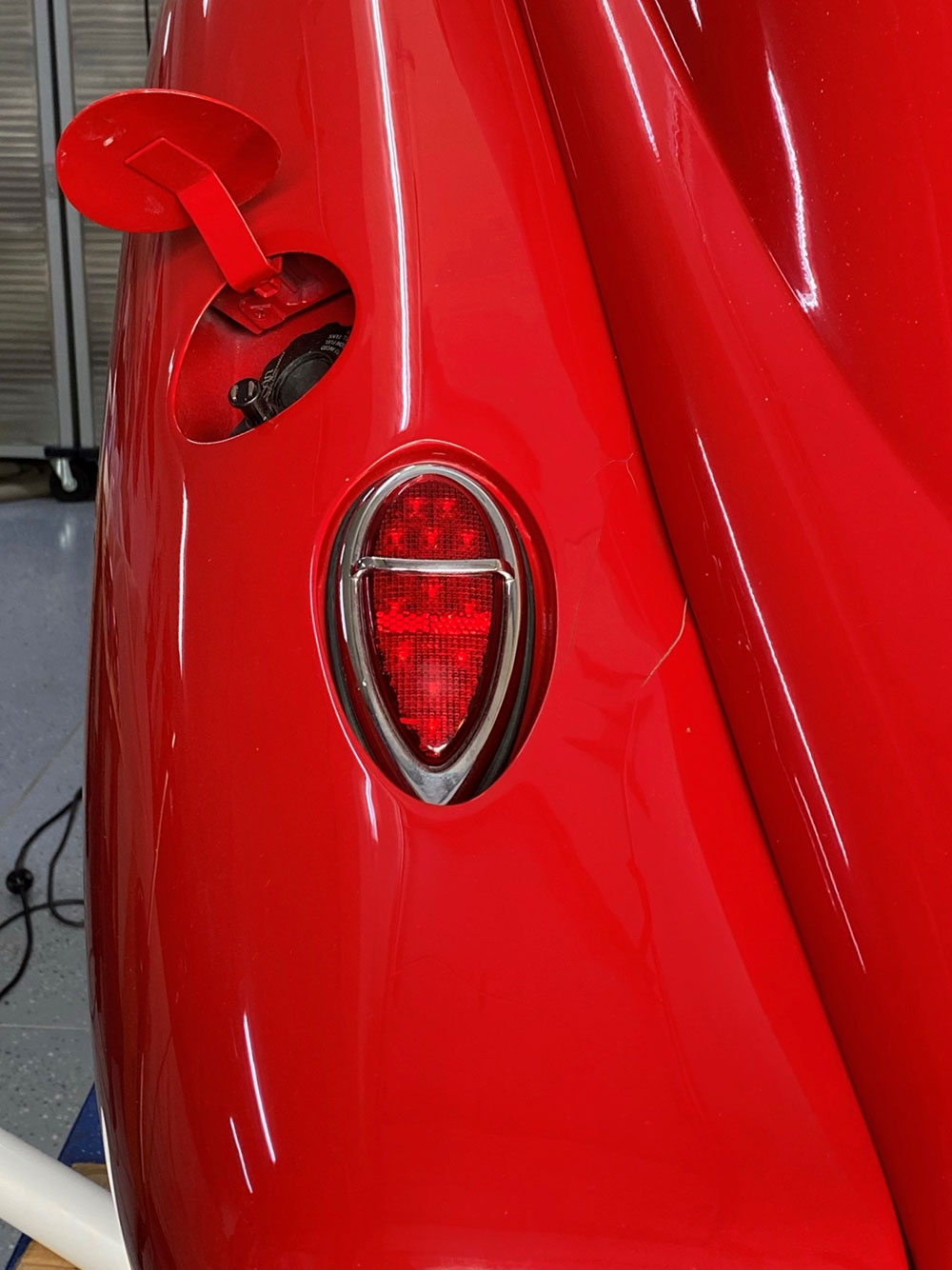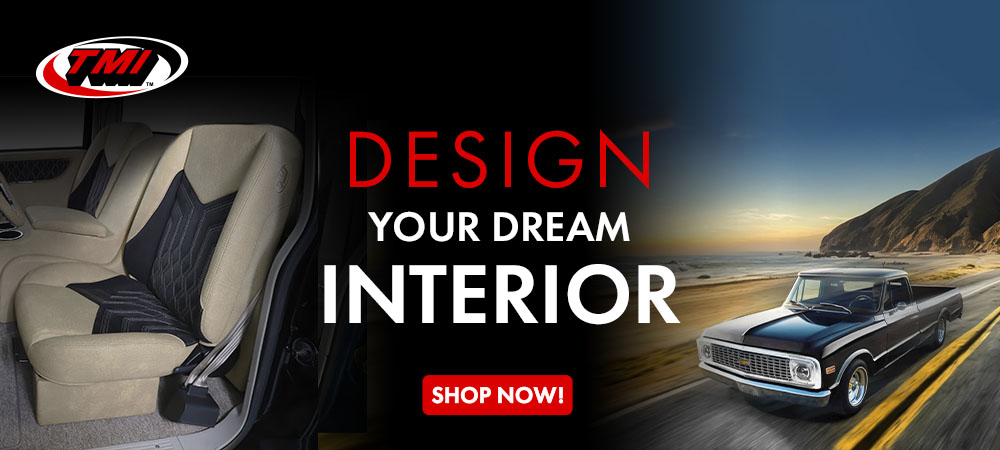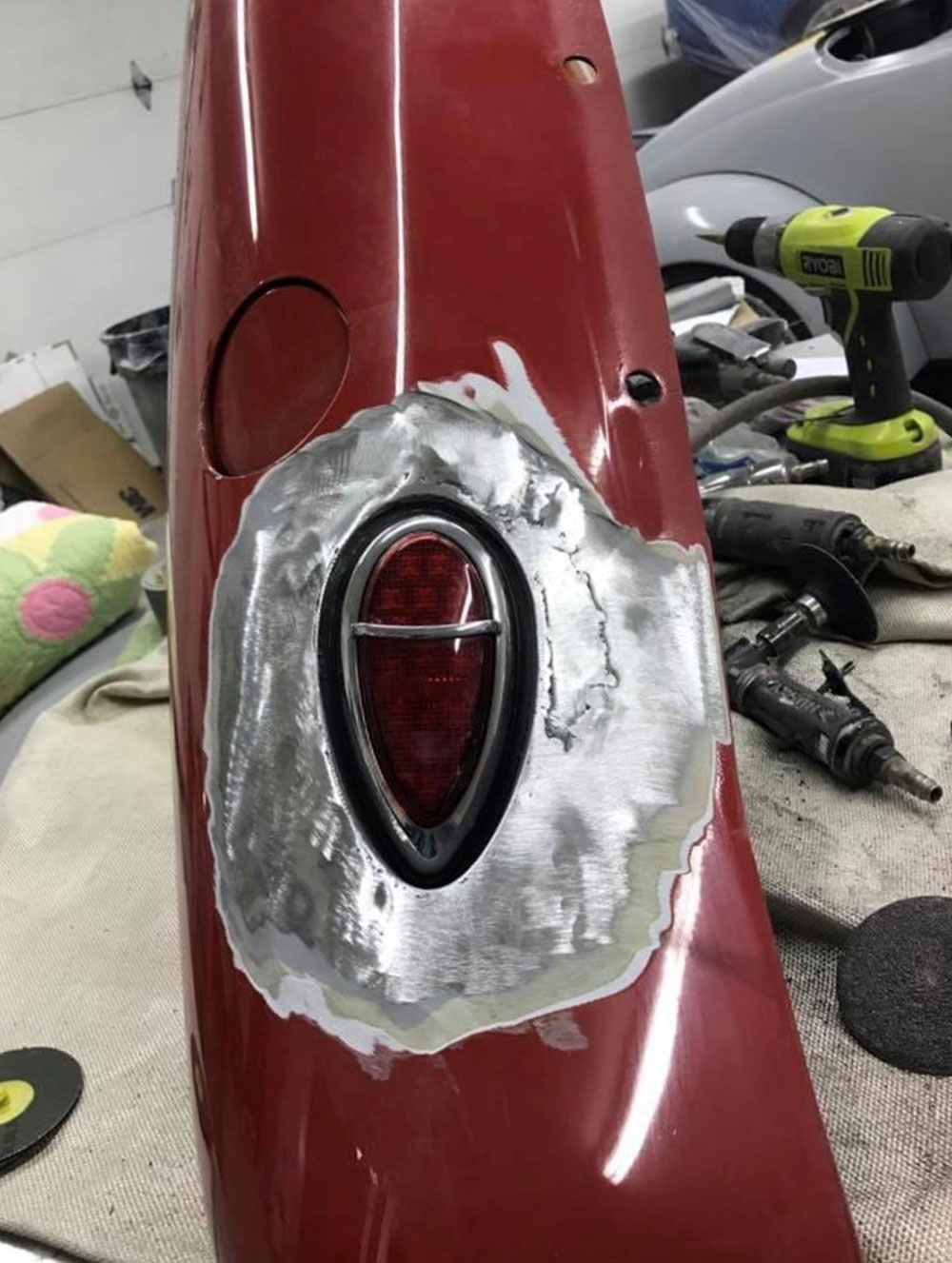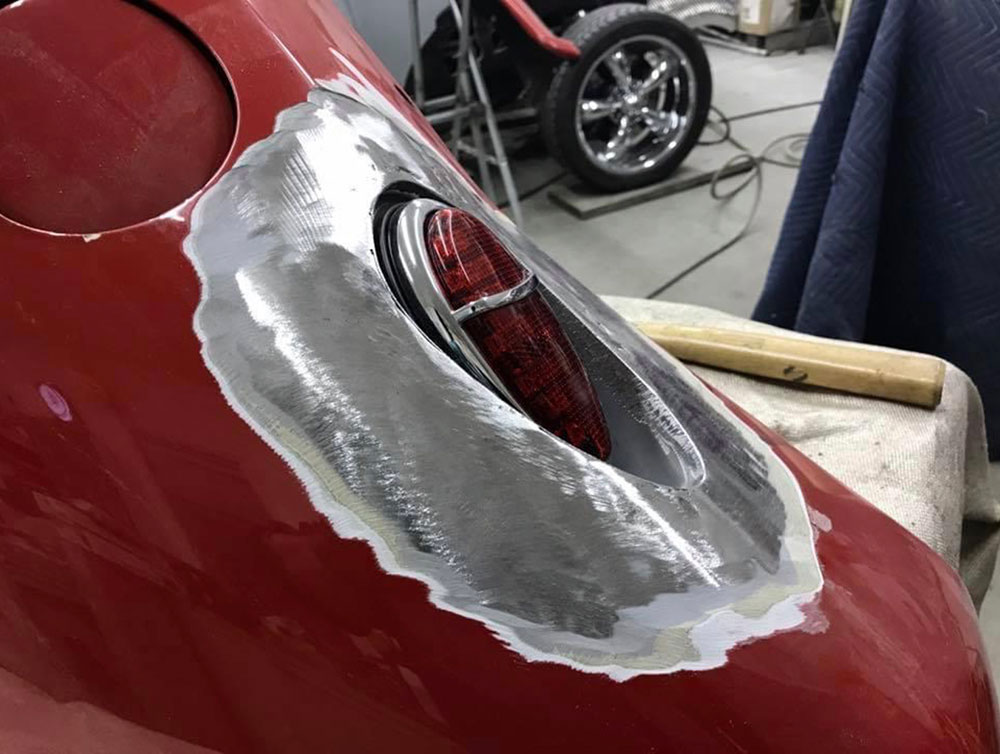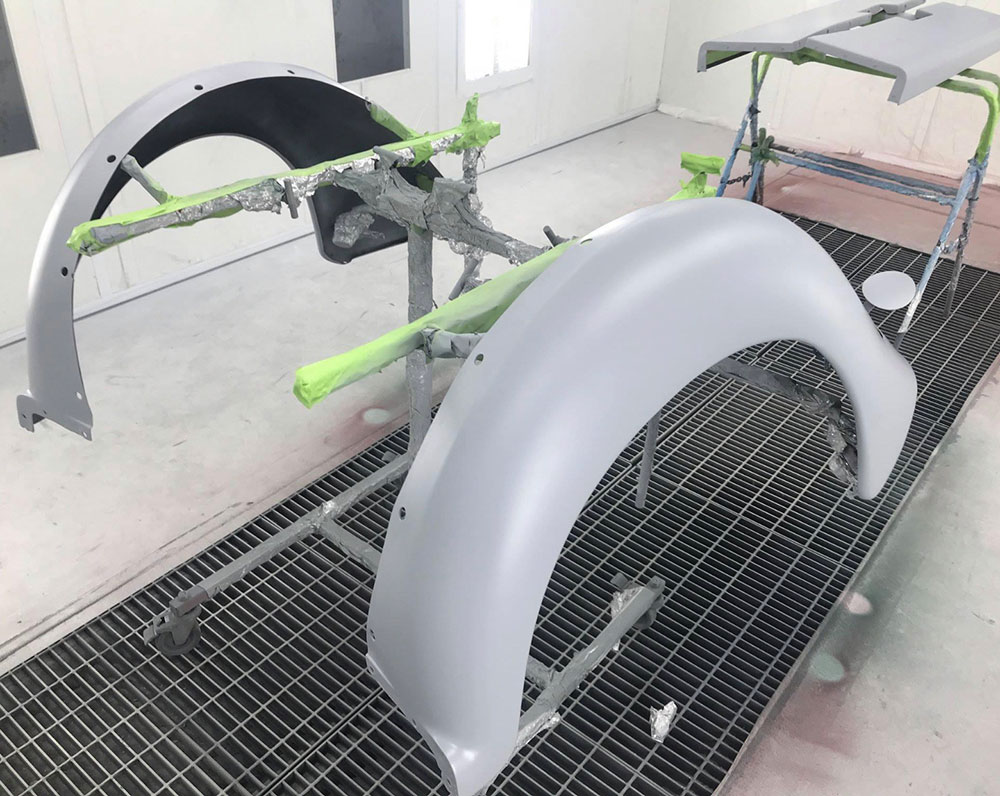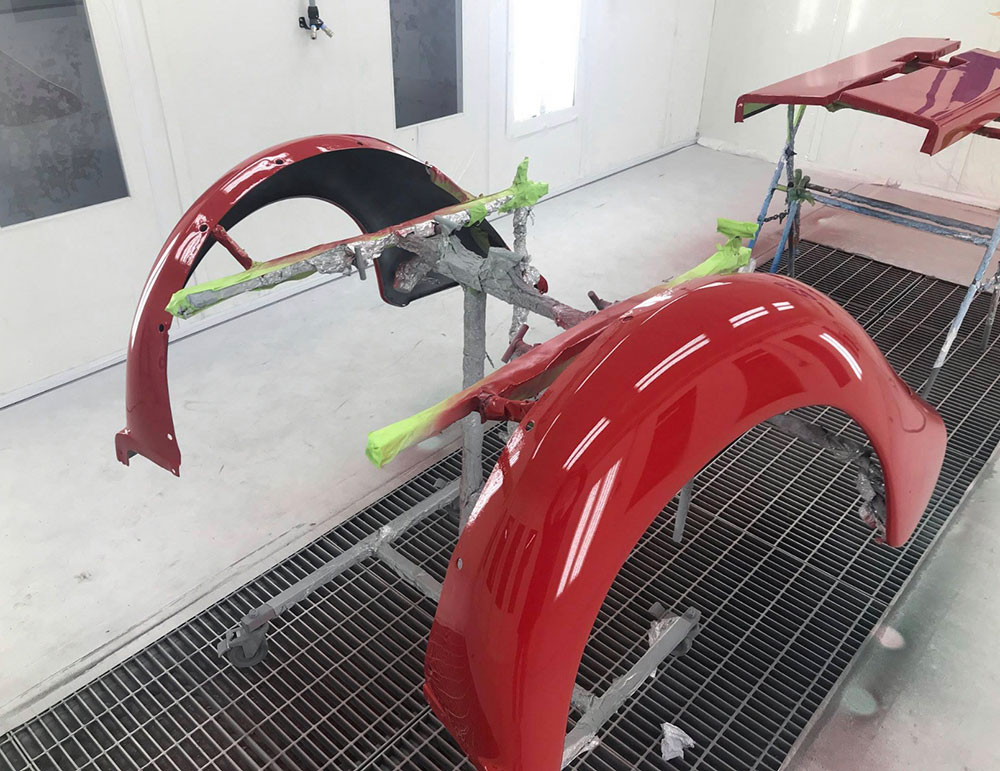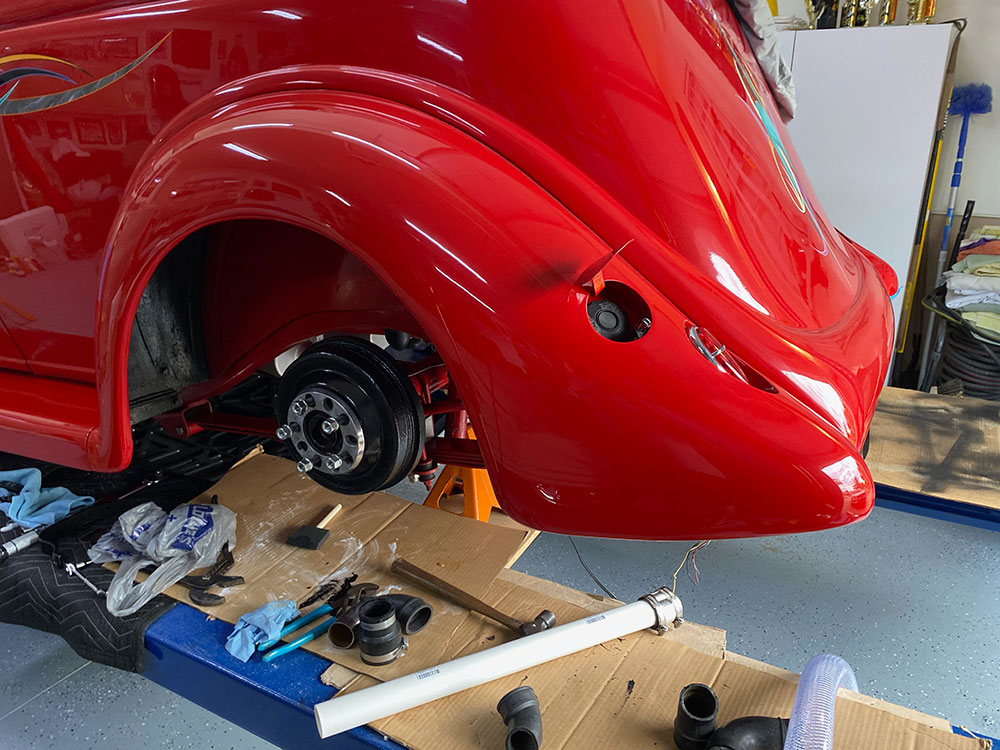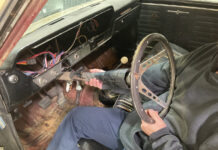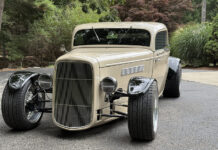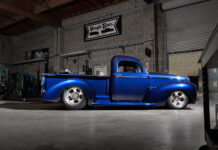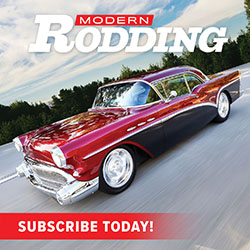Modifying Your Hot Rod For Style and Safety With LED Tail Lights
By Gerry Burger – Photography Glenn Sinon
Let’s face it; we’re all guilty of it at some time in our hot-rodding life—thinking style over safety. Not in a big way, mind you, but maybe those lights are a bit low, and maybe seal beams behind vintage glass lenses don’t form the sharpest focus beam, but, hey, we get by. Why even ol’ Henry Ford did it, as anyone who has ever followed a ’40 Ford will tell you, nye onto impossible to tell when the skyward brake lights are illuminated, but darn those Chevrons sure look good.
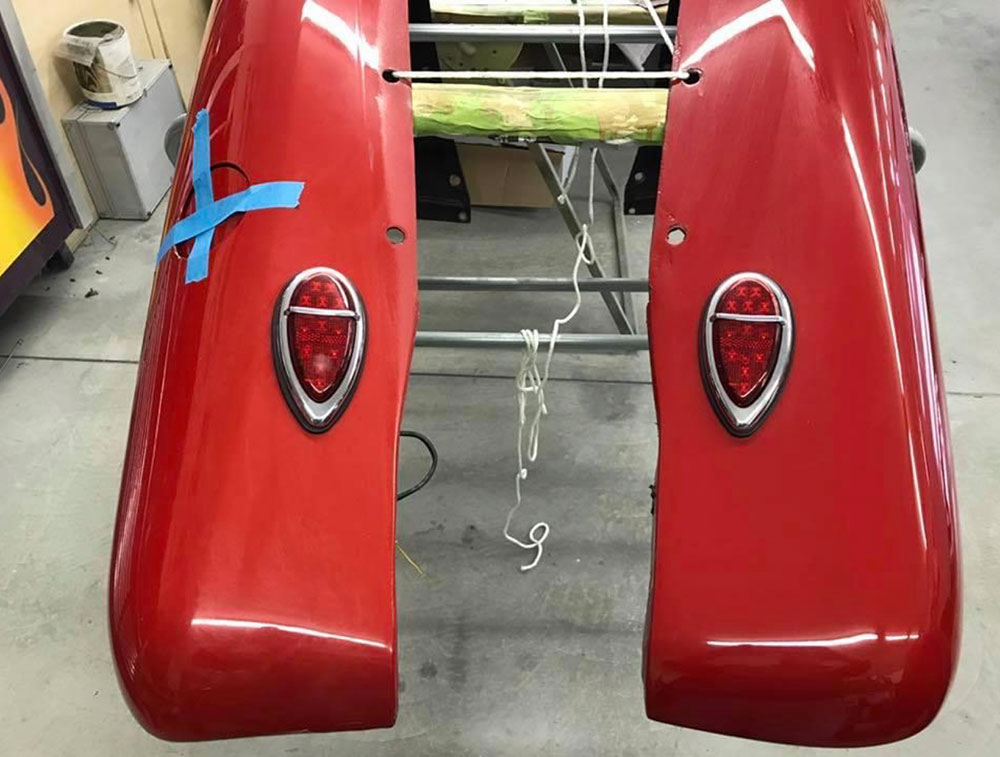
Read More: Dylan’s Sinister 1940 Ford Dream Build
Now, none of this was lost on long time hot rodder Dwight Winter. There is simply no denying the good looks of the ’39 Ford, or even better ’39 Lincoln taillights. Their classic style comes from utter simplicity wrapped in the perfect shape. With that thought in mind, Dwight opted for a set of ’39 Lincoln Zephyr taillights from Speedway Motors, and much like Ford did in 1939 he mounted them to the rear fenders of his fine ’35 Ford Tudor. All that sounds simple enough but finding the perfect mounting surface on a ’35 Ford rear fender is no small chore. The new lights were mounted, wired, and the new LEDs illuminated the lenses far better than anything available in 1939.

But there was a problem. There were issues viewing the taillights was a bit tricky. From straight behind they appeared straight but take a step to the side and suddenly they appear a bit cross-eyed; move in another direction and they look pigeon-toed. All part of the curse of a curvaceous fender. Now Dwight had recently brought a damaged grille to his longtime pal Glenn Sinon over at Copper Hill Rod & Custom for some R&R (repair and repaint). Seeing how perfectly the paint matched inspired him to finally do something about those pesky taillights.
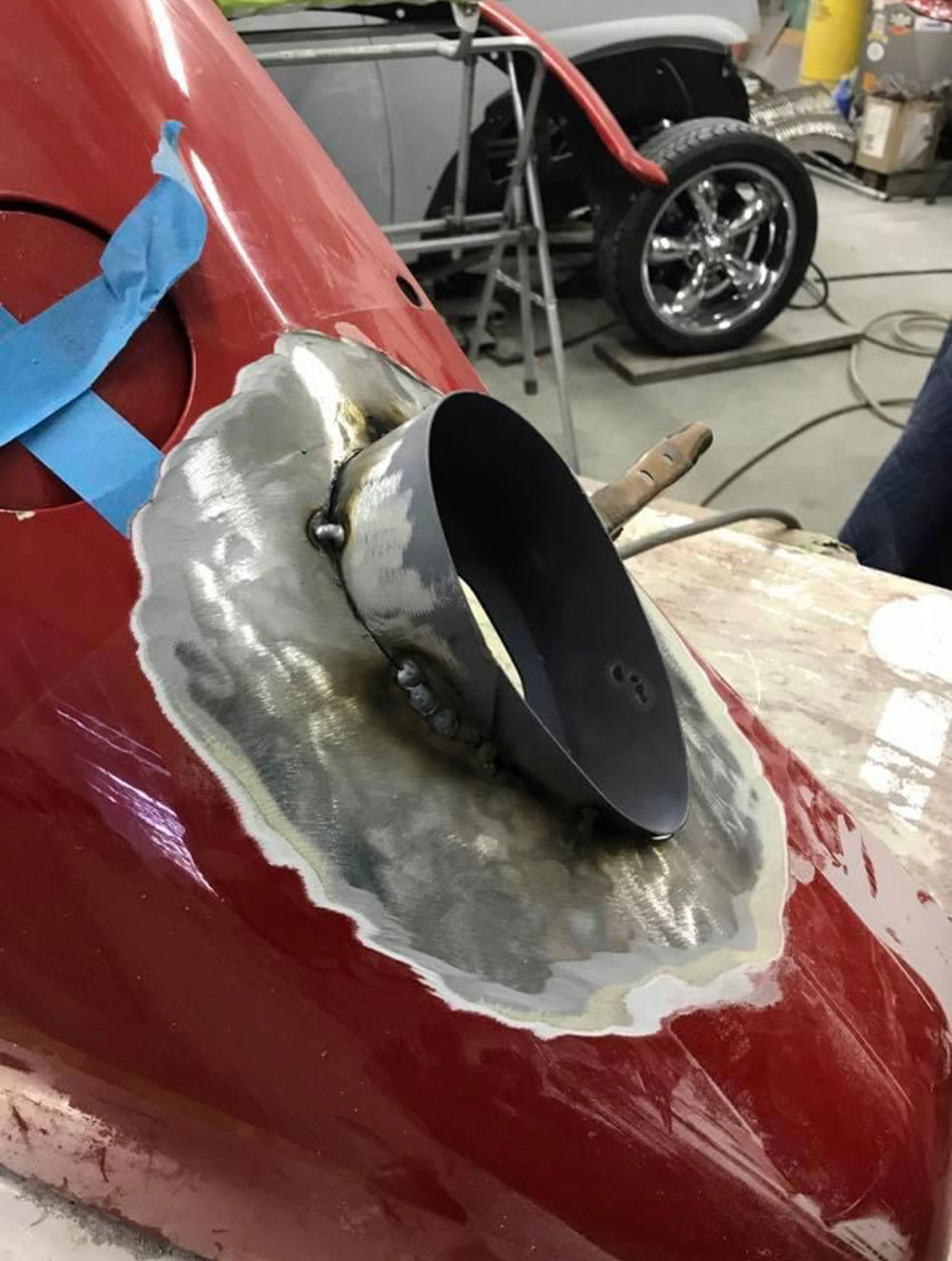
Read More: Best Selling Coupe: A 1935 Ford 5-Window with Modern Power
After a brief discussion, it was decided the best solution would be to french those very same taillights into the ’35 fenders. This would do several things. First, it would stand the taillight up more vertically, which makes them much more visible from behind. Write one off for safety. Next, it would make it easier to center the lights in the fender. Finally, what could be more traditional than a pair of frenched taillights? With all the boxes checked, Sinon made a quick call to Speedway Motors for one of their frenching kits for the ’39 Lincoln lights (also available for the ’39 Ford and ’50 Pontiac lights, among others).

In short order, the frenching kit arrived and from there it was basic body modifications with a healthy dose of experienced “eyeball.” The stock Ford taillights on ’35 and ’36 Ford taillights are tricky. Once the original taillight is removed you will notice the center ridge of the fender is not in perfect alignment where it once passed through the stock taillight. This is hidden with the stock taillight, but when trying to align any type of hot rod light on the fender it takes a careful eye to make that center ridge appear centered on the light. After arriving at the perfect location, the frenching “bucket” was used to trace the out light and the opening was carefully cut.
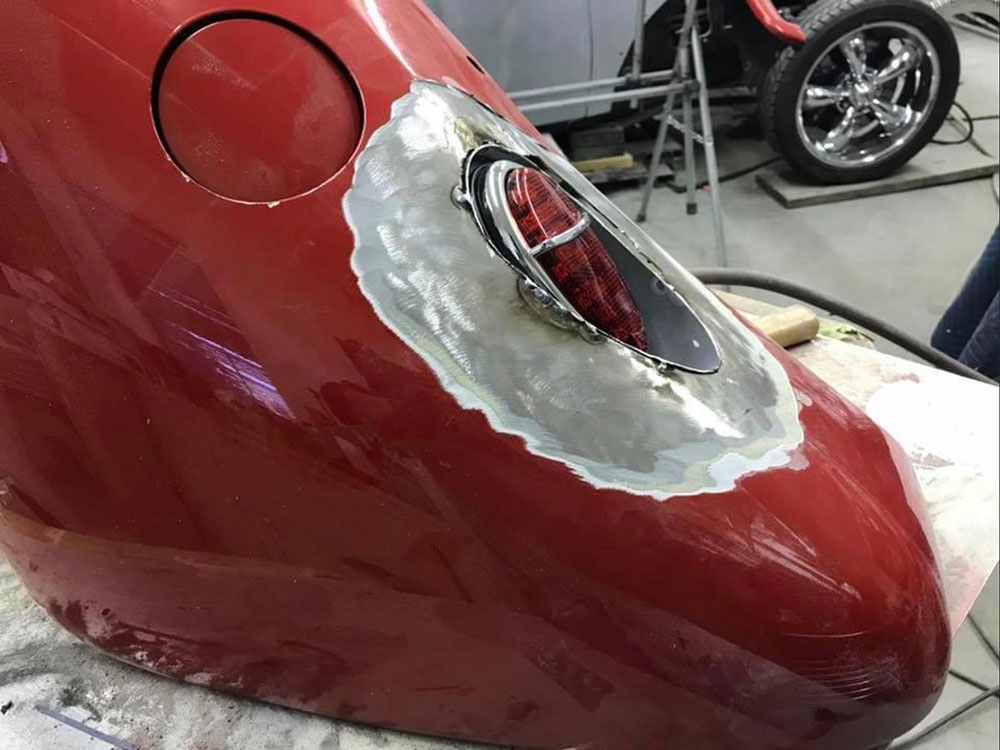
See More Metalwork Here: 1947 Dodge Coupe With Hand-Crafted Custom Fender and Decklid
Then the light bucket was slipped into the fender to adjust the angle toward vertical. Because the bucket is plenty deep you can push the bottom in while leaving the top nearly flush with the fender and sink it as deep as you’d like. This will get you a pleasing angle that is not true vertical but upright enough to look good and cast the proper light. From there it was welding, grinding, standard bodywork, and paint. Mounting the fenders back on the Tudor can be summed up in just two words. Mission accomplished. MR
Source
PPG
us.ppgrefinish.com











